The future of feedback
If we could look into a crystal ball, what would we find out about the future of feedback?

Contents
Feedback is an essential part of life, yet it’s so integral that we often take it for granted.
This is also true in business – yet many organisations overlook or underestimate the value of feedback.
We often rely on feedback to make good decisions, which makes feedback such an important tool, but we’re barely scratching the surface of its potential. While we’re here to look at the future of feedback, it’s worth considering that we’re possibly still just at the very beginning of this vastly underrated system.
Where feedback fits into decision making
Making good decisions is one of my key drivers as a Type 1 Enneagram personality type – nicknamed the Perfectionist, or the Reformer. We Type 1s, according to the Enneagram Institute, are “conscientious and ethical, with a strong sense of right and wrong.” We are also ‘teachers, crusaders, and advocates for change: always striving to improve things, but afraid of making a mistake.”
But, apparently, there’s more than one way to make a decision.
*Author gasps in shock.
Online publication Entrepreneur identifies nine characteristics of a good decision, including having a positive impact on others, being inclusive, replicable and executable, and being made with self awareness – among others.
The subtext here is that good decisions are made using input from others and are measured using feedback loops of some kind.
Feedback and decision making: the two go hand in hand. So to consider the future of feedback also requires at least some consideration of the future of decision making.
Imagine this future scenario…
It is 2032. You’ve just left the metaverse meeting room where you had been facilitating huddles in between a day of speaker presentations and Bot Brown Bag Talks. Weaving around them virtually, you had caught snippets of conversations which raised some flags.
You’ve got a feeling something isn’t quite right, so you send a request to Quinn, your AI VA, asking them to run the NLP Sentiment Analysis on the event recording, and cross reference it with the HRIS performance datasets, with a focus on cognitive responses.
Quinn’s results are already in your HRIS dashboard, but you want a moment to think outside of the machine. You take your VR headset off and stretch back in your home office. These meetings take a lot out of you, even though there are protocols in place designed to minimise and offset the information overwhelm.
After a brief pause, you open the dashboard. The Sentiment Analysis has been run, Quinn’s recommendations are blinking back at you. You can see Lindsay, one of your top sales people, logged a lot of hours last month, but was only active 60% of their time. Their sales were down slightly, and that was reflected across the team. But Lindsay’s interactions with other colleagues in the recent meeting indicate a higher than tolerated amount of fatigue and stress. No matter. Quinn knows what needs to be done. With the blink of your eye you approve the suggested action and ping Lindsay a leave authorisation for next week.
Within a nanosecond, your Slack messages s buzz. It’s from Lindsay. “Thank you” says the short and simple message. You write back “NW” and stand up to get a cup of tea.
After all, we’re still only human.
This is an imaginary scenario, a future scenario, if you will. Who knows what it will be like in ten years time? Metaverse meeting rooms are already here. But one thing seems sure – the future of feedback involves a great deal more listening.
In this scenario, and in this article, we are talking about continuous listening. Ominous as that may sound, it’s an emerging field where technology, human design and corporate strategy can converge and advance.
In fact, it’s already here. Early adopters are centring it as part of their core strategy to build and manage a motivated, engaged, and productive workforce in a more hybrid way following learnings from the pandemic.
When workplaces suddenly went digital, the rapid deployment and uptake of tech and tools to facilitate it was breathtaking. In some ways, this has been a good thing – a remote first approach is more inclusive, more flexible, and arguably more employee focused.
But let’s also acknowledge there can be drawbacks to working remotely. Isolation, loneliness, a loss in work-life balance.
In order to address this, there has been more of a focus on workplace wellbeing and developing empathy in leadership. There are many organisations who understand that happy and engaged employees build more successful workplaces.
Not every business sees it however. It seems that every day there are headlines highlighting another CEO laying down the law and dictating how Work Must Be Done.
Those in favour of office-based employment argue that it is more cohesive, more productive, and more sociable. But if we read between the lines, we might detect a hint of ego and authority – it is easier to feel in control when you can monitor and control workers inside the workplace.
On the other side, those fighting for the right to remain remote – which incidentally has now become a legal right in the Netherlands – argue that flexibility and more autonomy is just, well, better.
Why do we mention this (apart from the fact that we are a remote-first workplace and yes we like to flex)? It comes down to feedback.
The debate around the great return to the office reveals a deep power imbalance that was never openly talked about until the pandemic – until we had to. And now, through the Great Resignation, employees are voting with their feet. A mass exodus of workers has sent the message: “We want to be listened to. We want to be taken care of. We want to be taken seriously.”
This is feedback of the highest order. But are companies listening? They really should – because this is the future of feedback.
What the ‘remote debate’ shows is that some companies have very fixed ideas about what progress, or success, looks like. Such a fixed mindset may prove to be a direct threat to their capacity to succeed as well as their chances of survival in a future where feedback – or the feedback loop – is king.
The future of feedback is a loop
Feedback loops are logical – what is the point of feedback if it goes nowhere? When a piece of information is shared, listened to, actioned, and then monitored for efficacy and improvement – we have a system that can really work. It becomes a cycle of listening, monitoring and improvement where issues, problems and threats can be picked up and actioned before they take root and cause damage.
If there’s no system, there’s no consistency in how problems can be addressed, or, conversely, positive feedback actioned and enhanced. Not having strong feedback loop mechanisms is akin to a one way street to nowhere good.
If you don’t have a feedback loop in every single aspect of your business, it’s maybe time to consider it.
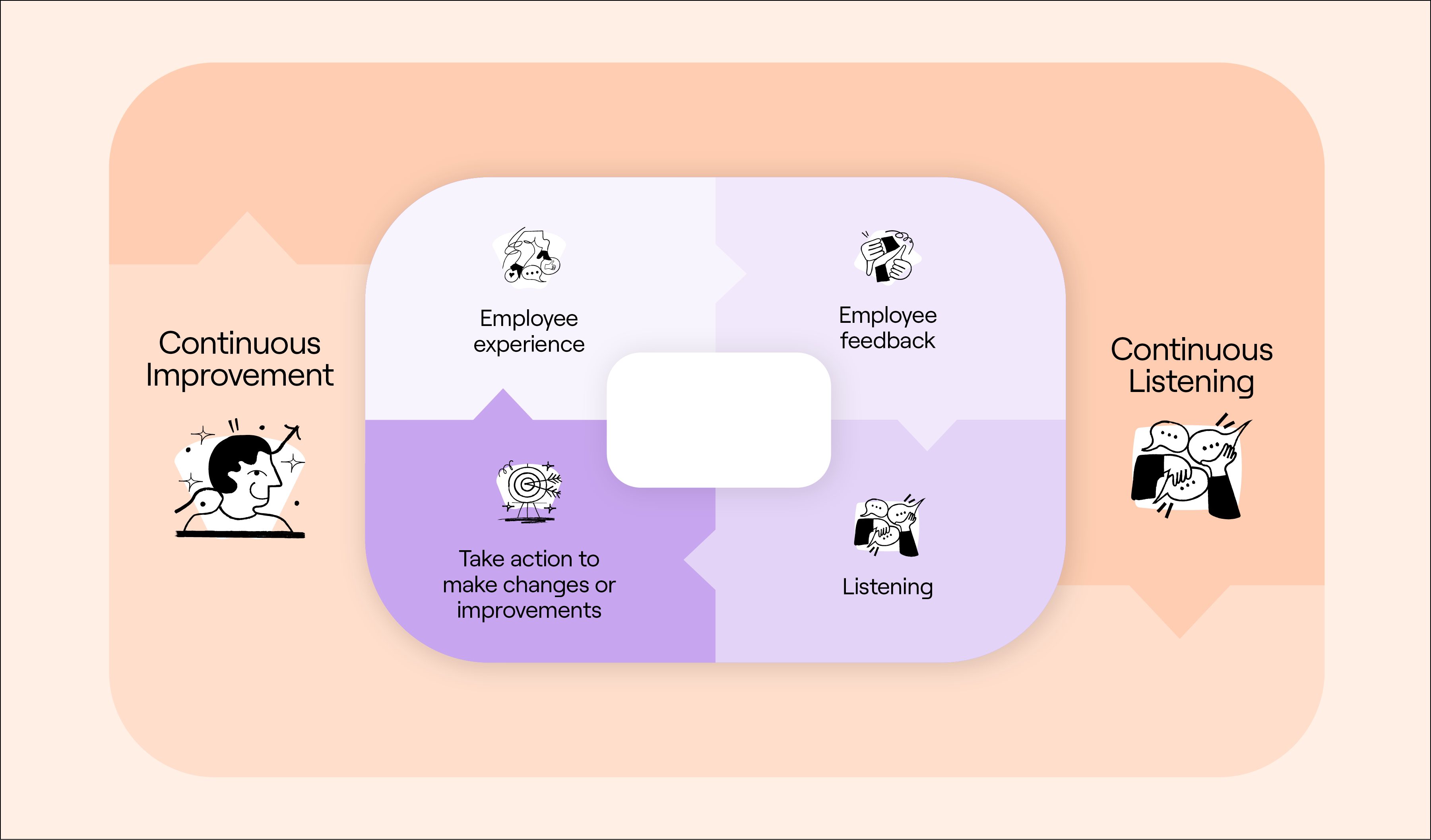
For a long time we have used social listening as a feedback loop. As Hootsuite points out, if you don’t have a social listening strategy in place, you’re missing out on some of the most valuable data available to help build your business. They also reported that nearly two-thirds of marketers agree that social listening has increased in value in the last year.
Social listening is great for your brand, no doubt. But if you aren’t also doing the same inside your organisation, listening to your employees, you’re putting your employer brand at risk.
Of course, this is not new news. Employee surveys can be a helpful tool but they need to be backed by a meaningful response.
But this is where continuous listening comes in.
What is continuous listening?
Continuous Data refers to gathering employee feedback on a frequent or regular basis, as opposed to one-off feedback events like an annual engagement survey. Rather, it’s an ongoing flow of survey responses from employees from multiple points in time, and may cover various topic areas and business functions.
But make no mistake – continuous listening is not surveying every week or even every month. It’s not about collecting feedback so frequently that taking meaningful action or making change becomes impossible. The danger of such an approach is that if employees are asked for feedback but then see no action taken, the whole feedback process is undermined and employees start to lose trust in management.
Surveys are fine – but only do them if you’re prepared to take action, and only ask questions as frequently as you can act. In other words: transparency and honesty are critical to the feedback process.
Other good examples of continuous listening include retrospective reviews. A retrospective is a meeting held after an event like a project or a product launch where the whole team comes together to discuss and evaluate what happened during the process, with the primary goal of improving the process for the future. Such meetings are a direct feedback loop where feedback is sought from everyone in a collaborative setting with a view to making better decisions in future.
As an alternative to surveys and reviews, you can develop, utilise, or expand existing feedback channels to include shorter pulses, passive listening, and event-triggered feedback throughout the employee lifecycle.
This may or may not include sentiment analysis – also known as opinion mining or emotion AI – to use machine learning, computational linguistics, AI and natural language processing (NLP) to analyse subjective information and identify the emotional tone behind text. In future we might use such applications of deep language models to gather feedback, develop solutions, provide support or even as a training tool.
Continuous feedback is much more about listening to the answer, not just asking the question. While surveys are important, it is not enough to schedule them, set-and-forget style.
Utilising continuous feedback is looking beyond the tool or the technology gathering the information, and thinking strategically about how to use it.
Of course, you can’t respond to everything. That’s why this is so important – the actions need to be organised, proportionate, and structured.
Heck, how did we get back to ‘how to make good decisions’ so fast? I guess that’s the loop just doing its job. The connection between feedback (or input) and decision making cannot be underestimated.

Where do we go from here?
We’ve developed a future scenario model to stress test the interplay of employee performance and company performance. Or to put it more simply, what happens when there is a focus on listening versus a focus on performance.
We’ve given each scenario a name and identified the key outcomes.
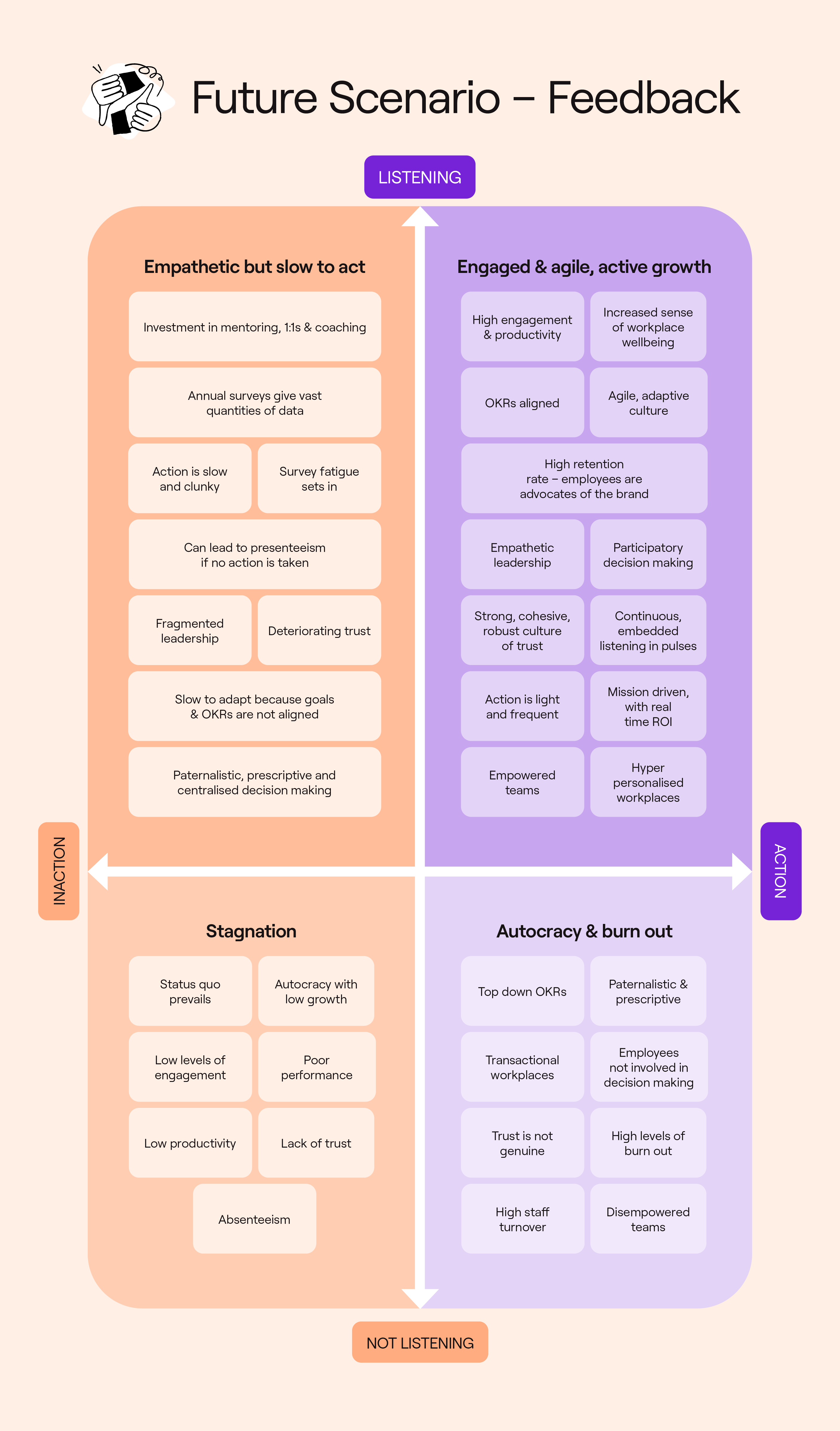
In this model, it quickly becomes clear that not listening to employees leads to negative outcomes such as stagnation, presenteeism, absenteeism and burn out. Where workers are meaningfully engaged in decision making and feedback is genuinely sought, organisations can be agile and empathetic.
But there are also interesting nuances in precisely how employee feedback is sought and actioned. If employees are frequently surveyed but action is not taken, employees lose trust in leadership. Where surveys are taken in pulses at critical points where decisions can and will be made, feedback is a real part of the decision making process rather than a box checking exercise.
In this way, feedback needs to be an integral part of the decision making system. Feedback must be designed in – not an insincere measure primarily for the optics.
Let these scenarios frame the kind of company culture you want to create and inform the feedback models and strategy you choose to implement to support decision making now and in the future.
Future insights and top takeaways
To be adaptive while staying competitive and relevant, organisations need to keep a close eye on performance – and the key really does lie in feedback loops. Pay attention to your feedback loops in the here and now, and consider where else you might need them in your business. When it comes to the future – we hope you’re listening. Because the future is continuous listening.
When done right, a company will be able to be agile and grow, building and developing capabilities quickly. This should be embedded in your culture. Strong cultures place people in the centre – rather than focusing on productivity or performance metrics. Until the bots truly take over, businesses are built by people, for people. It really pays to listen to them.
Related Resources
-
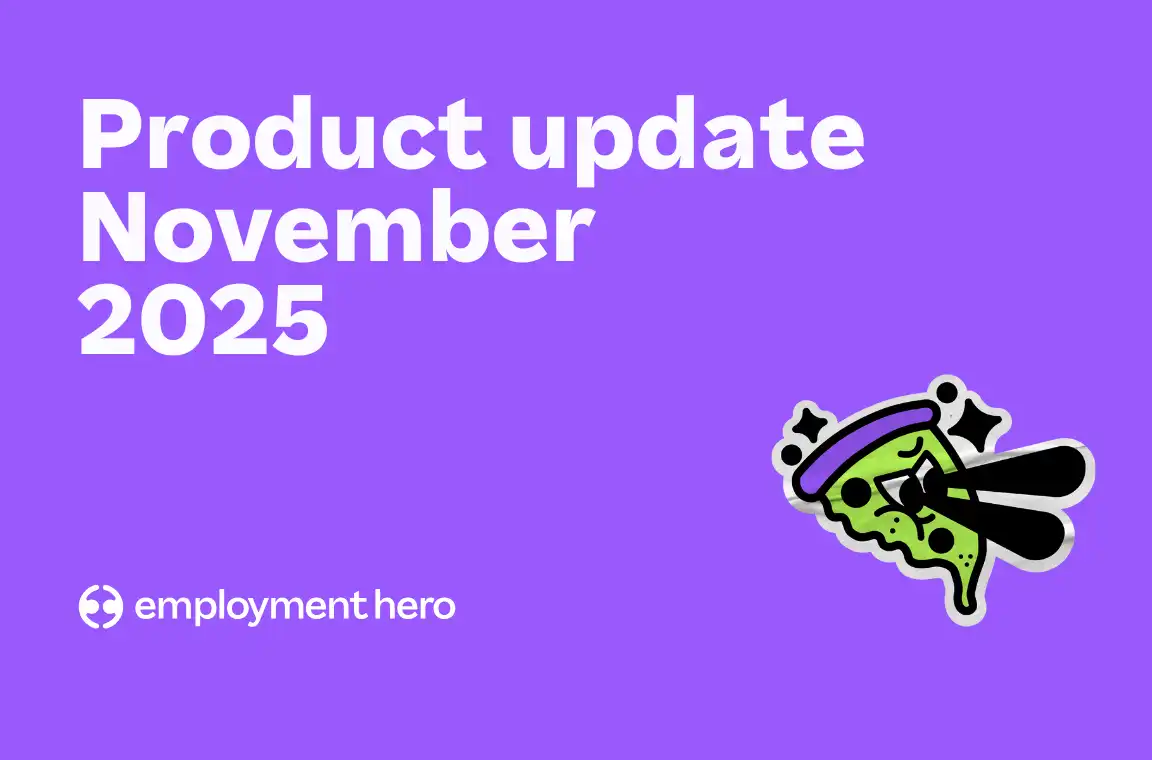 Read more: Product Update: November 2025
Read more: Product Update: November 2025Product Update: November 2025
Welcome to the November 2025 product update from the Employment Hero team. We’ve got lots to share around Workflows, Rostering,…
-
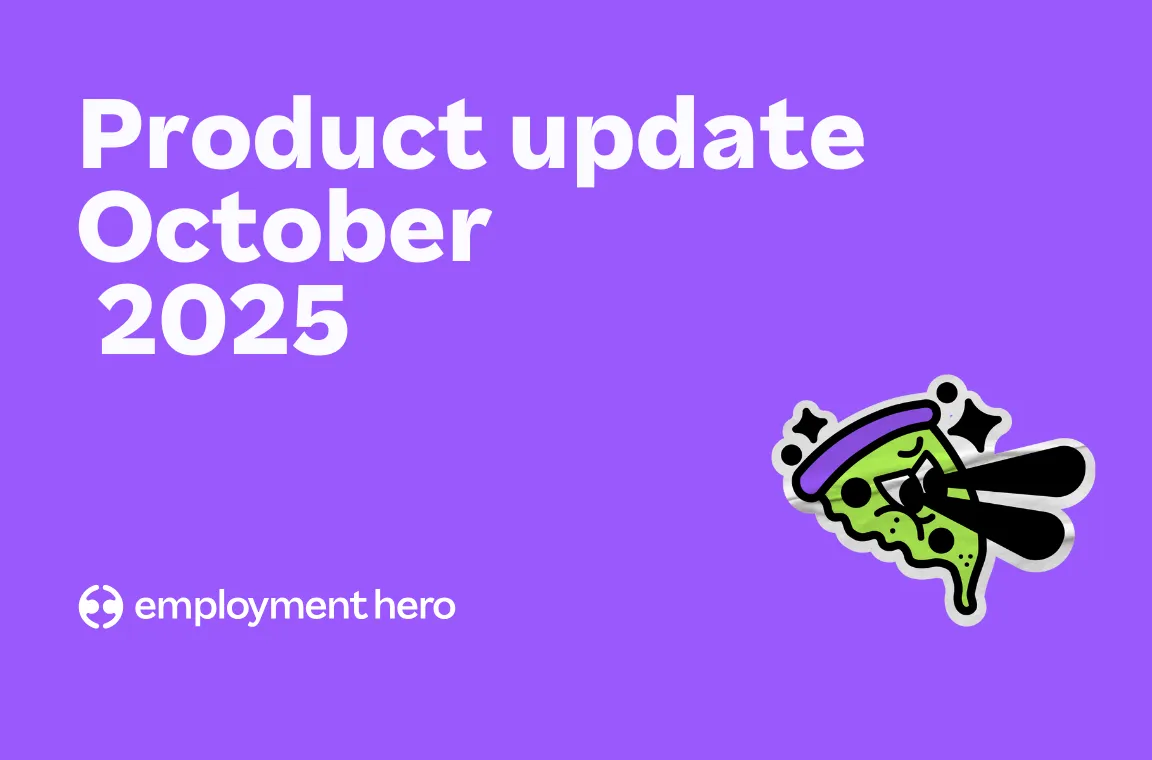 Read more: Product Update: October 2025
Read more: Product Update: October 2025Product Update: October 2025
Our October 2025 update is here for Singapore. Discover OCBC remittance advice, leave balance checks, rostering, timesheets and more. Read…
-
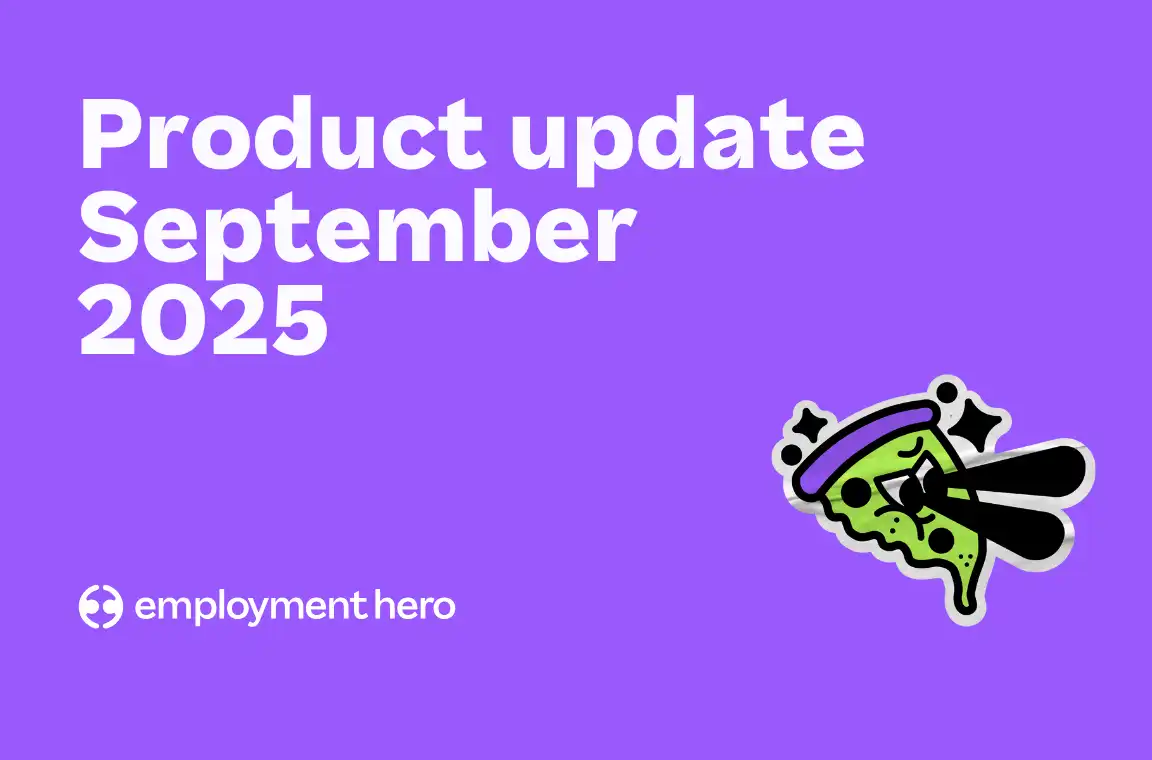 Read more: Product Update: September 2025
Read more: Product Update: September 2025Product Update: September 2025
A big hello from the Employment Hero Product team, and welcome to the September 2025 Product Update.









